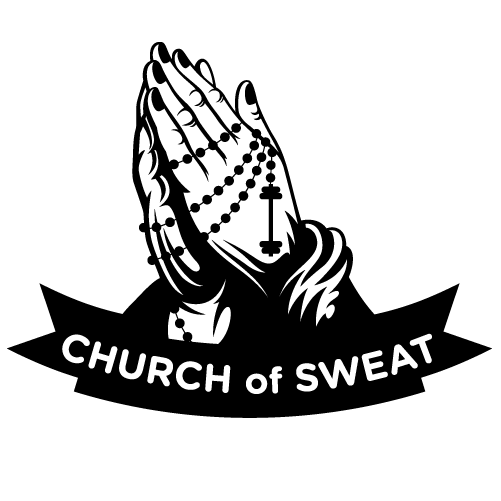A Toronto Personal trainer busts the top five fitness myths that hurt Queer bodies
As a queer personal trainer based in toronto, I’ve had way too many conversations start with: “I thought I wasn’t doing it right because my body didn’t look like…” Sound familiar?
Mainstream fitness pushes rigid body ideals and binary training. If you’re LGBTQ, it’s easy to feel erased—or forced into a mold that doesn’t fit. Let’s bust five huge myths hurting queer, gay, and trans bodies in fitness. Because however you want to move—with strength, softness, speed, or stillness—you deserve joy and power in your body. and you can get it (if you don’t listen to the bullshit flooding your newsfeed:)
1. “You Need to Train Like a Man or a Woman”
Training programs are still split along the binary: “Men bulk, women tone.” But bodies are diverse, gender is not a training category. and there are layers of error in statements like that.
As a queer personal trainer, I build programs around your goals—strength, mobility, endurance, confidence—never a gender box. And you don’t need to either in making your own programming.
2. “You Have to Look a Certain Way to Be Fit”
Fitness isn’t a look, it’s a feeling and a capacity yet ads show cis, lean, white bodies. For queer and trans folks, that invisibility hurts.
Your body belongs. Right now. You deserve movement because it’s yours—not because it fits a mold. and when you look throughout elite sport you see a lot of different looks. it is not one size fits all. that one size fits very few and it’s tight and uncomfortable.
3. “Weight Loss Should Always Be the Goal”
Not every LGBTQ client wants to lose weight—many are done with that narrative. Some want to gain muscle, heal their mindset, or just reconnect.
Fitness isn’t punishment—it’s a tool. The goal is up to you, not the scale. wanting to lose a little weight is not a sin but it is certainly not the be-all-and-end-all and it in no way shape or form is an arbiter of fitness.
4. “You Have to Train Like an Athlete to Be Valid”
Sure, sweat sessions have their place—but movement doesn’t require maxing out. Gentle strength, rest, dancing—all count.
Queer fitness doesn’t need toxic hustle. It can be playful, slow, soft, weird. And that’s powerful. it can be whatever you need it to be. There are a lot of benefits to training like and athlete but it isn’t absolutely necessary. don’t get suckered in.
5. “Gyms Are the Only Place to Get Strong”
Many gyms feel unsafe for LGBTQ folks: locker-room vibes, microaggressions, discomfort. it can suck.
exercise and fitness can happen anywhere—home, park, online, boutique studio. Strength follows safety and belonging. Gyms can be great places but a lot of them aren’t and maybe one isn’t right for you right now and that’s fine. go where you need to go and do what you need to do.
If fitness ever felt exclusive, it’s only because the version you saw wasn’t made for you.
It is for you. And not the version that told you you were wrong.
As a queer personal trainer, my goal is to help LGBTQ folks reconnect to their bodies in ways that are empowering, affirming, and deeply personal. We don’t fit ourselves into fitness—we reshape fitness to fit us.
you can love fitness. even if you haven’t up to this point. I’ve seen it happen. You just need to find what (and where and how) is right for you and give it a bit of time.
